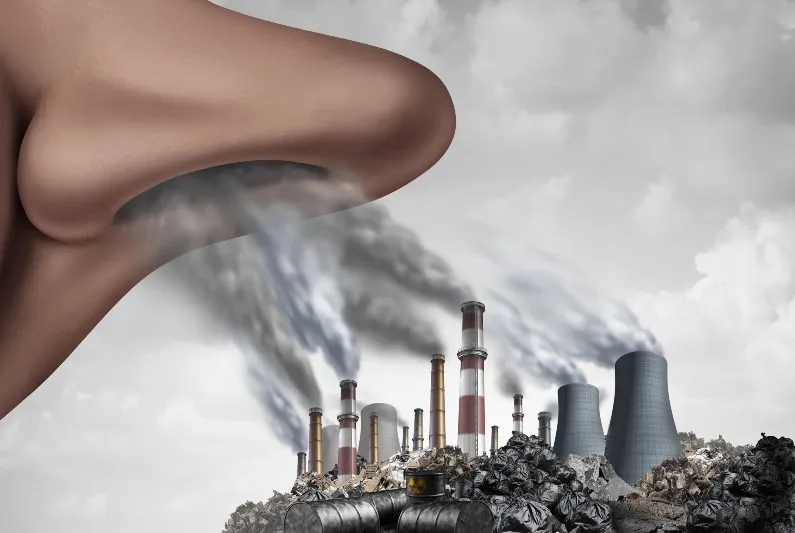todozoo.com – Cancer, a disease characterized by the uncontrolled growth and spread of abnormal cells, has been a significant health concern worldwide. While genetics play a crucial role in the development of cancer, environmental factors, particularly pollution and exposure to harmful substances, have been increasingly recognized as significant contributors to the disease. This article explores the intricate relationship between the environment and cancer, highlighting how pollution and exposure can lead to various forms of the disease.
Understanding Environmental Pollution and Its Impact
Environmental pollution refers to the contamination of air, water, and soil by harmful substances that can adversely affect the health of humans and other living organisms. These pollutants can come from various sources, including industrial emissions, vehicle exhausts, agricultural runoff, and household chemicals.
Air Pollution and Cancer Risk
Air pollution is a major environmental factor linked to an increased risk of lung cancer. Fine particulate matter (PM2.5), which is a mixture of solid particles and liquid droplets that are so small they can get into the deep parts of the lungs, is a significant concern. Long-term exposure to PM2.5 can irritate and corrode the lungs, leading to inflammation and genetic damage that may result in lung cancer.
Water Pollution and Its Consequences
Water pollution, caused by the discharge of industrial chemicals, pesticides, and other harmful substances, can also pose a cancer risk. Contaminated drinking water can expose individuals to carcinogens such as arsenic, asbestos, and radon, which have been linked to various types of cancer, including bladder, lung, and skin cancer.
Soil Contamination and Health Hazards
Soil contamination, often a result of industrial activities and improper waste disposal, can lead to the accumulation of toxic substances in the food chain. Exposure to contaminated soil or the consumption of crops grown in polluted areas can increase the risk of cancer, particularly gastrointestinal cancers.
The Role of Occupational Exposure
Occupational exposure to carcinogens is another critical environmental factor contributing to cancer. Workers in certain industries, such as mining, construction, manufacturing, and agriculture, may be exposed to hazardous substances like asbestos, benzene, formaldehyde, and heavy metals. These exposures can significantly increase the risk of developing cancer, including lung, skin, and blood cancers.
Preventive Measures and Policies
Addressing the environmental factors that contribute to cancer requires a multifaceted approach. Governments, industries, and individuals must work together to reduce pollution and exposure to carcinogens. This includes implementing stricter environmental regulations, promoting cleaner energy sources, and encouraging sustainable practices.
Governmental and Industrial Responsibilities
Governments have a crucial role in setting and enforcing environmental standards to protect public health. Industries must adopt cleaner technologies and practices to minimize pollution and ensure the safety of their workers.
Individual Actions and Awareness
On an individual level, raising awareness about the risks associated with environmental pollution and promoting healthy lifestyle choices can also make a difference. Simple actions such as reducing the use of private vehicles, conserving water, and properly disposing of hazardous waste can contribute to a cleaner environment and lower cancer risk.
Conclusion
The environmental factor is a critical component in the complex puzzle of cancer causation. By understanding the impact of pollution and exposure to harmful substances, we can take proactive steps to reduce our risk and work towards a healthier planet. It is essential for all stakeholders to recognize the importance of environmental health and take collective action to prevent cancer and protect future generations.
